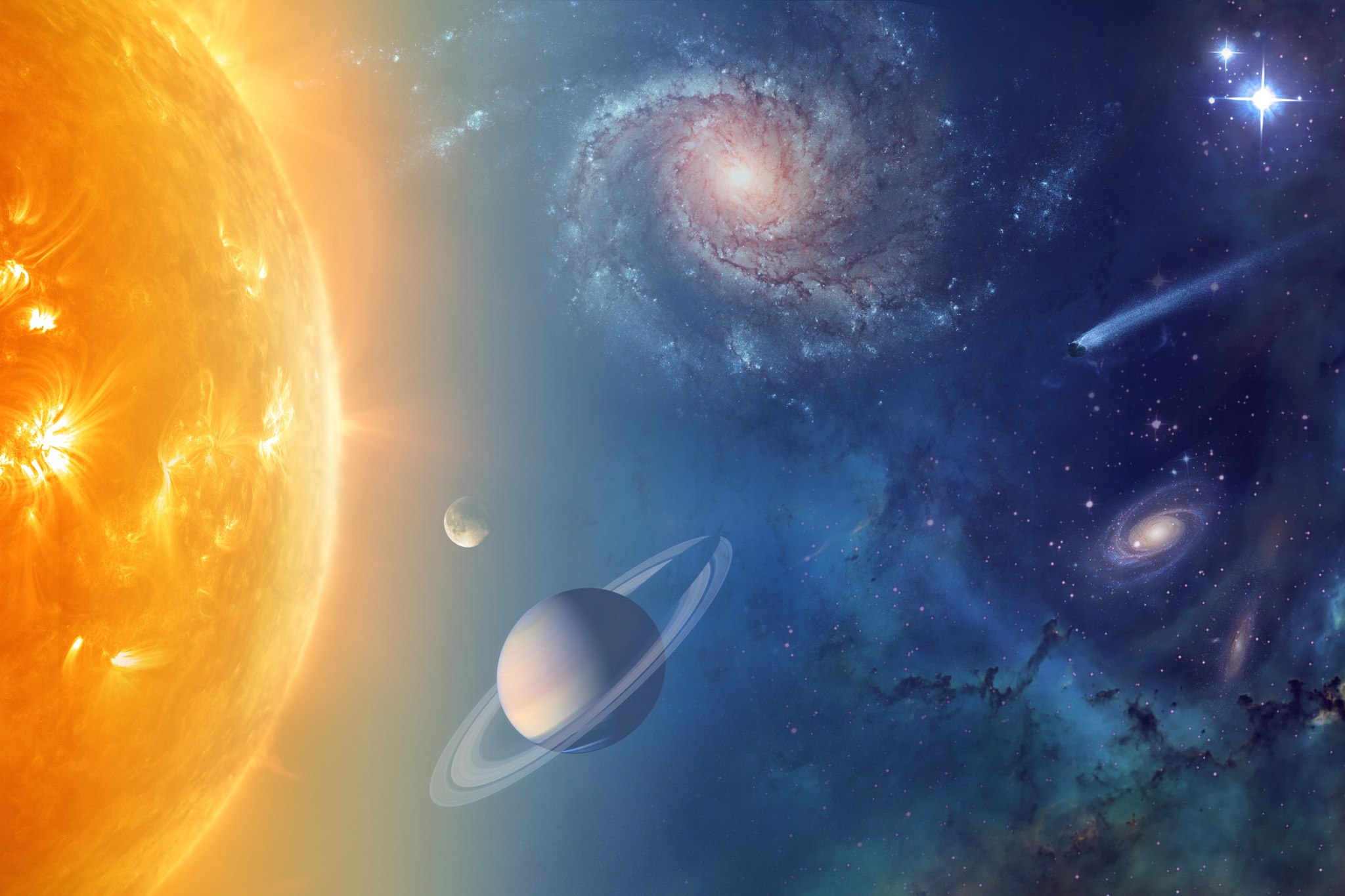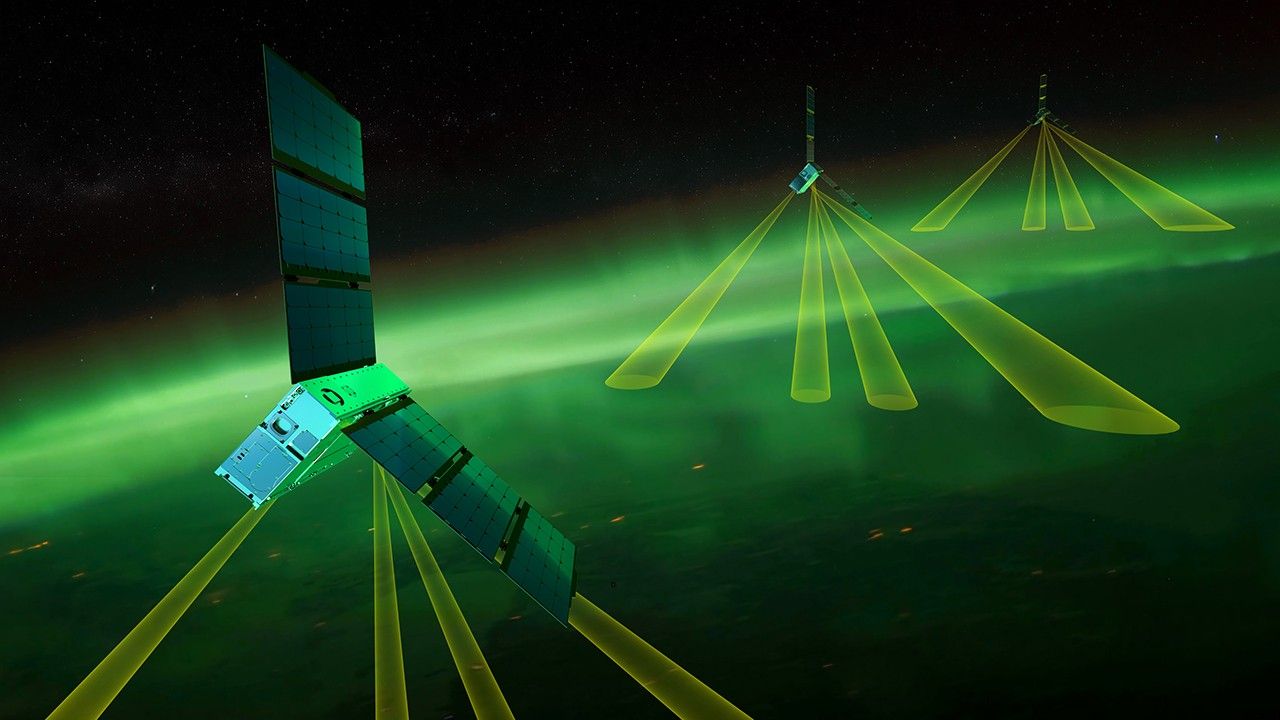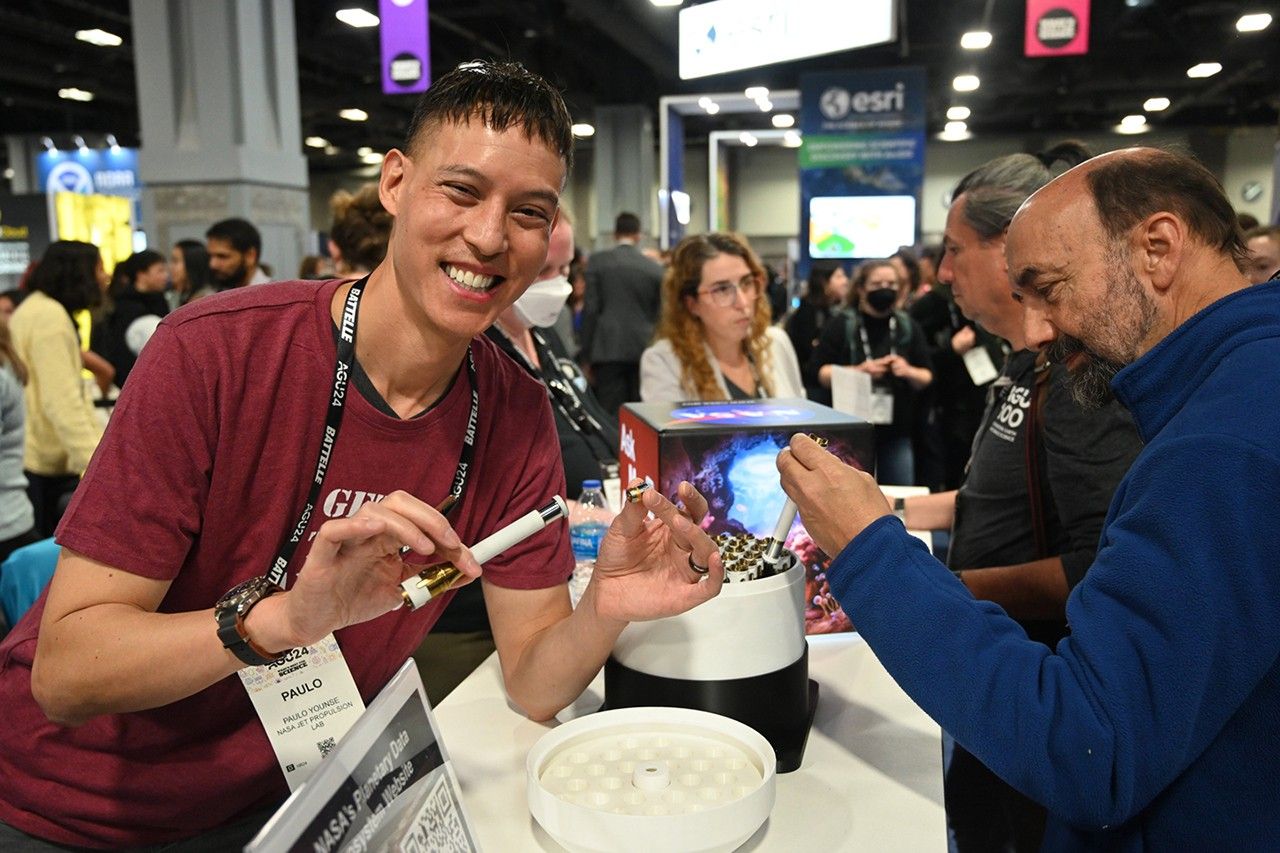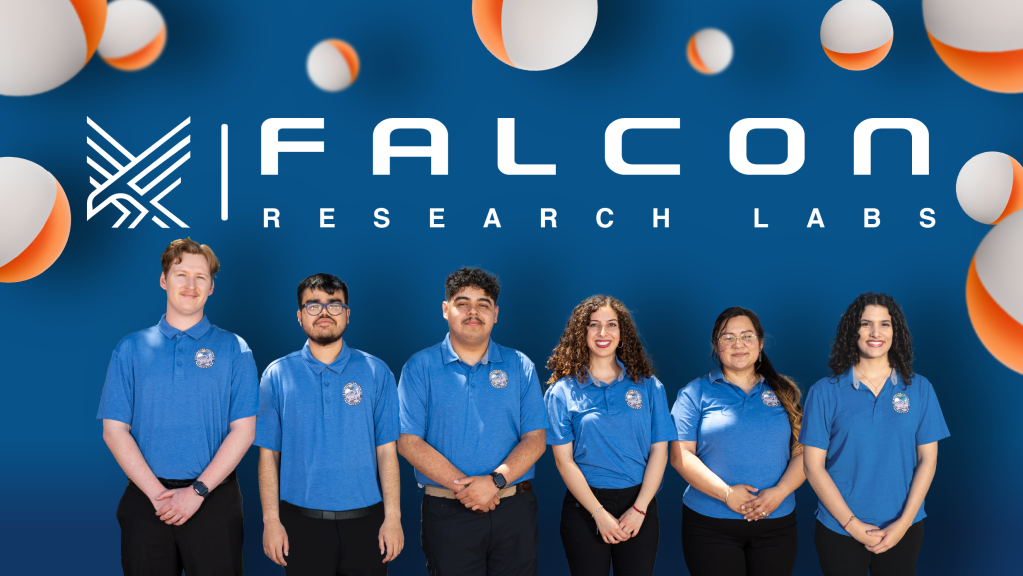
NASA has selected six astrophysics Explorers Program proposals for concept studies. The proposed missions would study gamma-ray and X-ray emissions from clusters of galaxies and neutron star systems, as well as infrared emissions from galaxies in the early universe and atmospheres of exoplanets, which are planets outside of our solar system.
The selected proposals, three Medium-Class Explorers missions and three Explorers Missions of Opportunity, call for focused scientific investigations and developments of instruments that fill the scientific gaps between the agency’s larger missions.
“The Explorers Program brings out some of the most creative ideas for missions to help unravel the mysteries of the universe,” said Thomas Zurbuchen, associate administrator of the agency’s Science Mission Directorate in Washington. “The program has resulted in great missions that have returned transformational science, and these selections promise to continue that tradition.”
The proposals were selected based on potential science value and feasibility of development plans. After concept studies and detailed evaluations, one of each mission type will be selected by 2019 to proceed with construction and launch. The earliest launch date would be in 2022. Medium-Class Explorer mission costs are capped at $250 million each, excluding the launch vehicle, and Mission of Opportunity costs are capped at $70 million each.
Each astrophysics Medium-Class Explorer mission will receive $2 million to conduct a nine-month mission concept study. The selected proposals are:
Arcus: Exploring the Formation and Evolution of Clusters, Galaxies and Stars
- Arcus would study stars, galaxies and clusters of galaxies using high-resolution X-ray spectroscopy to characterize the interactions between these objects and the diffuse million-degrees gas that surrounds and permeates them.
- Principal investigator: Randall Smith at the Smithsonian Astrophysical Observatory in Cambridge, Massachusetts.
Fast INfrared Exoplanet Spectroscopy Survey Explorer (FINESSE)
- FINESSE would investigate the processes that govern planet formation and global climate, and probe the mechanisms that establish atmospheric chemical composition and shape atmospheric evolution. It would perform transit spectroscopy of at least 500 exoplanet atmospheres in the visible and near infrared range for planets ranging from super-Earths to sub-Neptunes to gas giants.
- Principal investigator: Mark Swain at NASA’s Jet Propulsion Laboratory (JPL) in Pasadena, California.
Spectro-Photometer for the History of the Universe, Epoch of Reionization, and Ices Explorer (SPHEREx): An All-Sky Spectral Survey
- SPHEREx would perform an all-sky near-infrared spectral survey to probe the origin of the universe, explore the origin and evolution of galaxies, and explore whether planets around other stars could harbor life.
- Principal investigator: James Bock at Caltech in Pasadena, California.
Missions of Opportunity will receive $500,000 to conduct a nine-month implementation concept study. The selected proposals are:
Compton Spectrometer and Imager Explorer (COSI-X), a Small Complete Superpressure Balloon Mission
- COSI-X is a balloon-borne, wide-field-of-view telescope designed to survey the gamma-ray sky at 0.2-5 MeV, performing high-resolution spectroscopy, wide-field imaging, and polarization measurements. COSI-X would map gamma-rays from antimatter around the Milky Way’s center, as well as from newly-formed radioactive elements in the debris of stellar explosions.
- Principal investigator: Steven Boggs at the University of California, Berkeley.
Transient Astrophysics Observer on the International Space Station (ISS-TAO)
- ISS-TAO is a wide-field X-ray transient detector aboard the International Space Station that would observe numerous events per year of X-ray transients related to compact objects. The mission’s primary goal is the detection of X-ray counterparts to gravitational waves produced by neutron stars merging with black holes and other neutron stars. Other targets would be supernova shocks, neutron star bursts, and high redshift gamma-ray bursts.
- Principal investigator: Jordan Camp at NASA’s Goddard Space Flight Center in Greenbelt, Maryland.
A Partner Mission of Opportunity (PMO) has been conditionally selected to provide detectors for the Fine Guidance Sensor assembly of the Atmospheric Remote Sensing Infrared Exoplanet Large-Survey (ARIEL) mission — one of three proposed missions currently under consideration by ESA (European Space Agency). The PMO would proceed with construction only if ARIEL is selected by ESA.
The conditionally-selected PMO is:
Contribution to ARIEL Spectroscopy of Exoplanets (CASE)
- CASE would provide packaged detectors to ARIEL’s Fine Guidance Sensor assembly. ARIEL would measure the spectra of hundreds of warm and hot transiting gas giants, Neptunes, and super-Earths around a range of host star types. Observations of these exoplanets will allow us to understand the early stages of planetary and atmospheric formation during the nebular phase and the following few millions of years.
- Principal investigator: Mark Swain at JPL
The Explorers Program is the oldest continuous NASA program designed to provide frequent, low-cost access to space using principal investigator-led space science investigations relevant to the Science Mission Directorate’s astrophysics and heliophysics programs. Since the Explorer 1 launch in 1958, which discovered Earth’s radiation belts, the Explorers Program has launched more than 90 missions, including the Uhuru and Cosmic Background Explorer (COBE) missions that led to Nobel Prizes for their investigators.
The program is managed by Goddard for NASA’s Science Mission Directorate, which conducts a wide variety of research and scientific exploration programs for Earth studies, space weather, the solar system, and the universe.
For information about NASA and space science, visit:
-end-
Felicia Chou
Headquarters, Washington
202-358-0257
felicia.chou@nasa.gov



























